Uncategorized
-
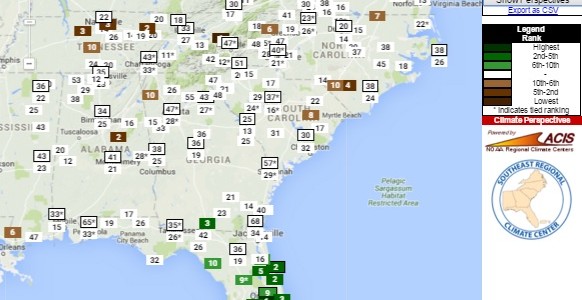
Even though the final totals for January 2016 are not yet in, it’s clear that January is likely to rank in the top ten wettest for Florida since records began in 1895. The ranking map below from the Southeast Regional Climate Center’s Perspectives tool shows the number of stations in the state that are ranked…
-
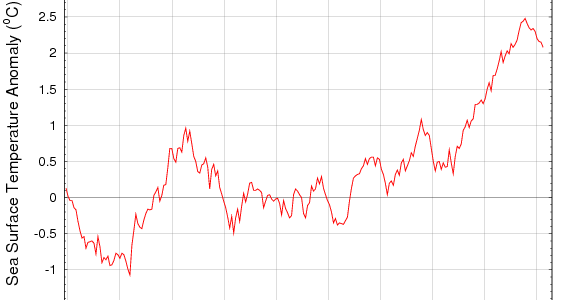
El Niño has been strongly affecting the climate of the Southeast for the past few months, leading to our current wet conditions. While temperatures in December were much warmer than expected for an El Niño winter, since then the Southeast has cooled down to more normal values. Cloudiness this year has also been an issue…
-
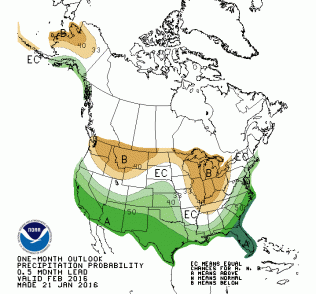
The Climate Prediction Center put out their latest outlooks for February and the rest of the year today. They show that cooler and wetter conditions than normal should continue to dominate the weather of the Southeast for at least February through April. A fter that, there is no indication of any trends in precipitation for…
-
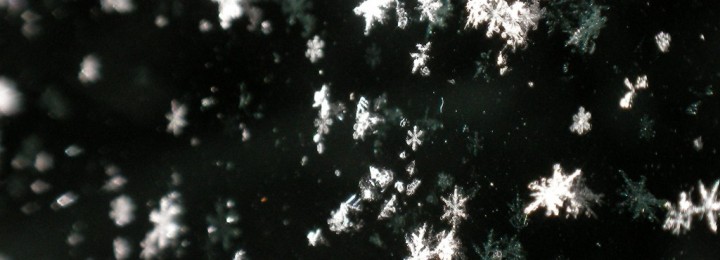
I don’t usually post travel-related pieces, but love this description of Boone NC from Our State in relation to its precipitation. They are sure to get a batch of it in the next few days as a monster storm moves up the East Coast. Washington DC may get hit by 1-2 feet of snow before…
-
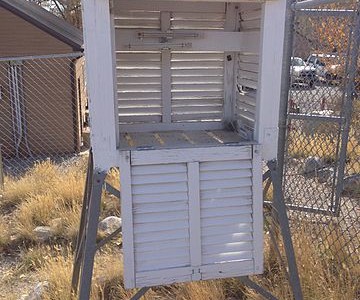
I am often asked about the difference between temperatures measured from surface-based instruments and satellite-based temperature measurements. This article in The Guardian (if you can get past the politics) does a good job of explaining the difference between the two ways of measuring global temperature and some of the shortfalls of each approach. The biggest…
-
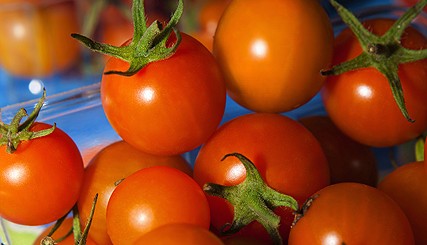
There have been a number of stories in the news lately linking bad weather or climate to decreases in crop yields. Here is a sampling of them. The Packer reported here that volumes of tomatoes from Florida has been significantly reduced due to a combination of rains in excess of 14 inches plus record high…
-
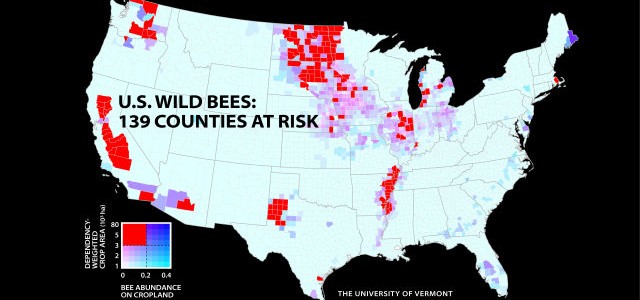
The importance of bees in pollinating crops has been in the news in recent years because of declining populations of wild and domestic bees and other pollinators due to unidentified causes which may include both natural and manmade changes to their ecosystems, including climate. The University of Vermont released a map in December which shows the…